I have an image and its in imageView. I want to add a functionally that allows users to spin the image if they try to spin it to the right side.For example if user tries to spin it to the left side, it doesnt spin.
This is my spinwheel.
I tried to use GestureDetector and onFling event but it wasn't enough for me to detect if user tries to spin it to the right side or left side. How can i do this ?
Edit:
var normalVectorX = e2?.x!! - 515
var normalVectorY = e2?.y!! - 515
var tangentVectorX = -normalVectorY
var tangentVectorY = normalVectorX
var tangentVectorLength = (Math.sqrt(Math.pow((515 - e2?.y!!).toDouble(), 2.0)) + Math.pow((e2?.x!! - 515).toDouble(), 2.0))
var unitTangentX = tangentVectorX / tangentVectorLength
var unitTangentY = tangentVectorY / tangentVectorLength
var scalarProjection = (velocityX * unitTangentX) + (velocityY * unitTangentY)
if (scalarProjection > 0) // Right Side
spinWheel((spinCountX * 360).toFloat() + 360 - (mPrizeIndex * 60) , 12000)
This is the code implementation based on the pseudo code of answer. 515 = center of the wheel.

